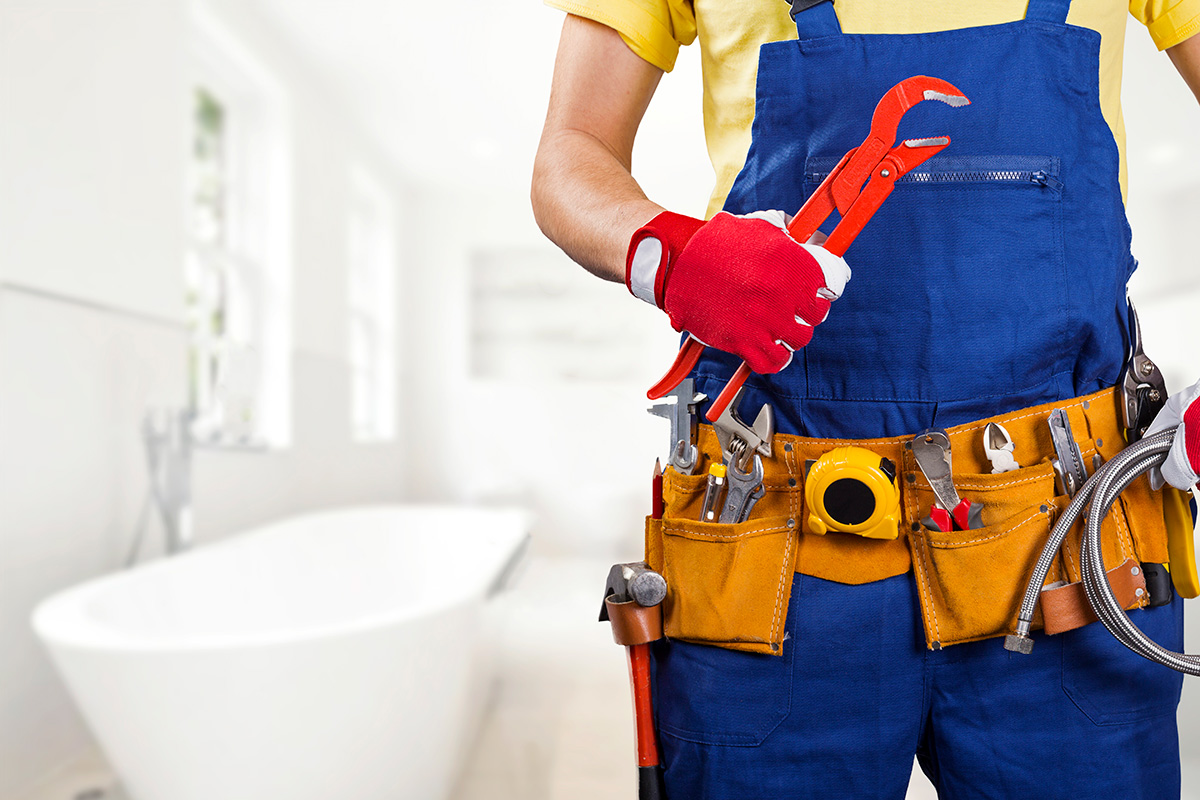Professional Drain Cleaning Alabaster AL to Maintain Your Pipes Flowing
Professional Drain Cleaning Alabaster AL to Maintain Your Pipes Flowing
Blog Article
A Detailed Guide to Reliable Hot Water Heater Installation for Ideal Efficiency
Beginning on the task of installing a water heater is an endeavor that demands accuracy and a methodical technique for achieving optimum performance. As you continue, the complexities of attaching water supply lines and establishing up reliable electrical or gas connections await, promising insights into making sure performance and dependability.
Picking the Right Hot Water Heater

Next, think about the dimension and capability of the hot water heater. It's vital to analyze your household's hot water demands, which can differ based upon the variety of occupants and their use patterns. A device that's as well small might cause not enough hot water, while an extra-large design may result in unnecessary power usage.
Performance scores also play a pivotal duty in selection. Search for water heating units with high Power Element (EF) scores, showing remarkable performance and lowered power use. Tankless designs, though typically extra costly in advance, deal substantial energy cost savings in time due to their on-demand heating capacities.
Preparing the Setup Location
Prior to mounting a new water heating unit, precise prep work of the installation area is important. It's vital to measure the space carefully to fit the water heating system's dimensions, ensuring adequate clearance around the device for effective operation and servicing.
Examine the floor for security, as the water heater will certainly need a strong, degree surface to operate effectively. If necessary, install a drip frying pan beneath the device to capture possible leakages or spills, avoiding water damage to the surrounding location.
Additionally, make certain that all required devices and products get on hand prior to beginning the setup. This consists of items such as wrenches, screwdrivers, a degree, and any type of extra hardware required for placing and securing the heating unit. A well-prepared setup area sets the structure for a successful hot water heater setup, maximizing performance and security.
Connecting Water Supply Lines
When connecting water system lines to your newly set up water heating system, it is essential to make certain that all connections are leak-free and safe to maintain efficient procedure and protect against water damage. Begin by determining the cold and warm water supply lines. The cold water inlet is generally noted with a blue tag or a "C", while the hot water electrical outlet is marked with a red label or an "H".
Use versatile water heater adapters to promote a simpler installment procedure. Before attaching the adapters, put a plumbing professional's tape around the threaded ends of the water heating system's inlet and outlet pipelines.
When links remain in area, gradually activate the primary water system shutoff. Inspect each connection for leaks by visually checking and really feeling for dampness. Tighten up connections as needed, and ensure the find out here stress safety valve is correctly installed, protecting against extreme stress build-up.
Establishing Electrical or Gas Links
Correctly setting up the electrical or gas connections for your water heater is a vital step to ensure safe and reliable procedure. For electrical water heaters, begin by verifying that the electrical circuit is compatible with the heater's voltage and amperage demands.
For gas water heaters, security is vital. Attach the gas line to the water heating unit using a versatile gas adapter, ensuring it is correctly threaded and secured with pipeline joint compound or Teflon tape suitable for gas connections.
Once connections are made, check for any type of possible leakages. For gas lines, use a soapy water option to the joints; bubbles suggest a leakage. For electric connections, double-check that all wiring is secure and appropriately protected, keeping compliance with local electric codes.
Testing and Readjusting for Effectiveness
With the electric and gas connections firmly in area, the following step is evaluating the operational efficiency of your water heater. Begin by thoroughly turning on the water supply and making sure there are no leakages at any of the joints or valves.
Next, execute a comprehensive assessment to ensure the burner or gas heaters are functioning correctly. For electrical heating systems, make use of a multimeter to confirm if the elements are drawing the proper existing. In gas versions, observe the heater flame; it needs to be blue and constant, showing efficient burning.
Adjust the settings as essential to eliminate inefficiencies. Consider carrying out insulation measures, such as including a hot water heater blanket, to further enhance efficiency by minimizing heat loss. Additionally, inspect the anode pole's problem, as a deteriorated pole can reduce performance and result in storage tank rust.
Conclusion
Reliable water heating unit installation is crucial for making sure optimum pop over here performance and energy savings. Firmly attaching water supply lines and carefully establishing up electrical or gas links reduce possible issues.

Effectively establishing up the electric or gas links for your water heater is an essential action to make sure efficient and secure procedure. For electrical water heating units, begin by verifying that the electric circuit is compatible with the heating system's voltage and amperage demands. Connect the gas line to the water this website heating system using a versatile gas adapter, ensuring it is correctly threaded and sealed with pipe joint compound or Teflon tape appropriate for gas links.
Report this page